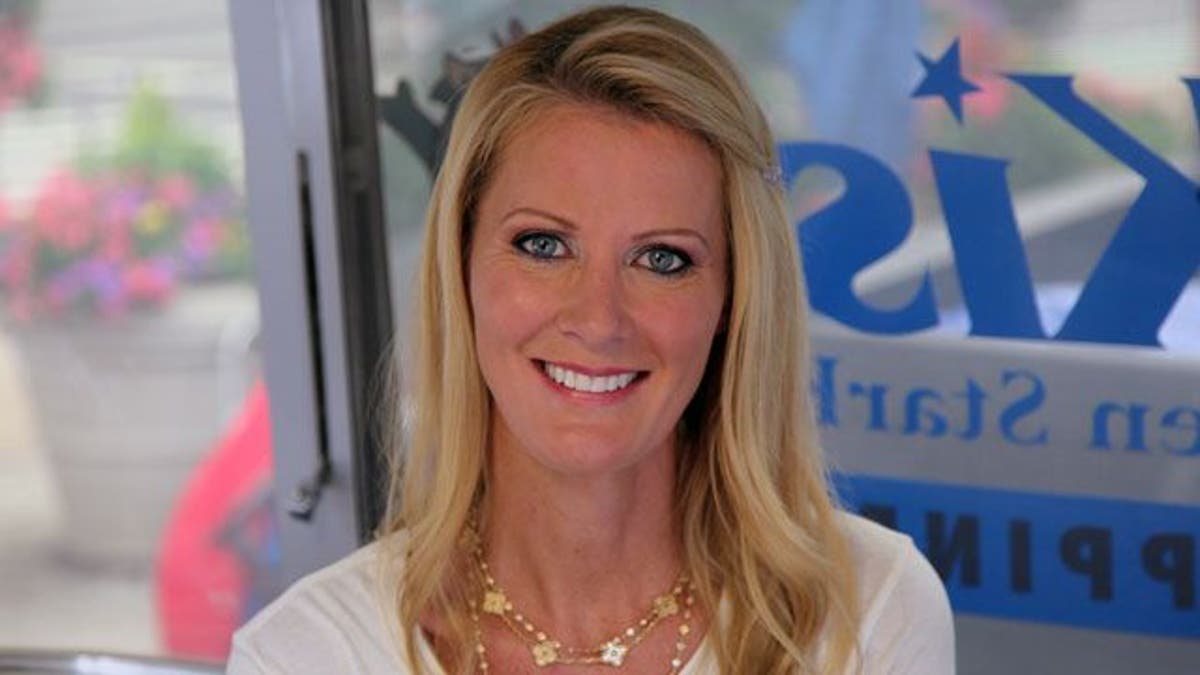
Sandra Lee, Food Network star and live-in girlfriend of New York's Governor Andrew Cuomo revealed Tuesday she will undergo a double mastectomy after receiving a breast cancer diagnosis.
While actresses Angelina Jolie and Rita Wilson recently disclosed that they both underwent a bilateral mastectomy, each had a very different reason for seeking out the procedure.
In Jolie’s case, she underwent a preventative double mastectomy after a test determined that she carried a mutation in the BRCA1 gene, putting her at a high risk for developing breast cancer. Wilson’s decision came after a diagnosis of invasive lobular carcinoma, which was discovered after two surgical breast biopsies. However, the procedure for both women required the same medical surgery.
“A mastectomy is the removal of the breast tissue, and frequently the nipple, but not always,” Dr. Susan K. Boolbol, chief of breast surgery at Mount Sinai Beth Israel in New York City, told FoxNews.com. “It typically involves an overnight stay as it frequently involves reconstruction of the breast.”
How a woman may land on the decision to seek a mastectomy or bilateral mastectomy— removal of tissue from both breasts— is multifactorial, Boolbol said.
“With a diagnosis of breast cancer, the most common surgical procedure on the breast is a lumpectomy, where the area of cancer in the breast is removed, but the breast is left intact,” Boolbol said. The other option for patients would be to undergo a complete mastectomy.
“There are several reasons why women either need to have the mastectomy or choose to have a mastectomy; they either need it medically or they’ve chosen to have it,” Boolbol said. Medically, the procedure relates to the characteristics of the cancer itself, Boolbol said, such as the size of it, where it is located, if there are several different areas of cancer, the size of the breast and the size of the breast relative to the size of the cancer.
“You can have a fairly large cancer, but if you have large breasts we can still do a lumpectomy,” Boolbol said. “It really is the size of the cancer related to the size of the breast.” A patient may also be forced to undergo a mastectomy if their diagnosis is an inflammatory cancer, which according to Boolbol is a very small percentage of patients.
For women who select to undergo a preventative mastectomy, the decision is a personal one.
“If you don’t medically need to have one but choose to, it’s usually based on your life experience,” Boolbol said, which can include watching others battle the disease. “Primarily it’s fear driven and it’s a way that women can gain some control over this and try to reduce the risk of a future problem.”
While Boolbol cited a study that found that the survival rate was not altered for women with breast cancer who sought a bilateral mastectomy compared to those who choose a lumpectomy, she did say it’s overall the right decision for those who choose it.
“For women who do, it alleviates anxiety, it alleviates the fear,” she said.
Boolbol noted that women with a genetic mutation of the BRCA1 or BRCA2 gene, like Jolie, frequently choose to undergo a bilateral mastectomy because their risk of developing breast cancer is much higher than the average woman.
The recovery period for women who undergo either a mastectomy or bilateral mastectomy typically depends on the reconstructive choice made by the patient. Boolbol recommends that each woman seeking the procedure consult with a plastic surgeon so that an informed decision may be made when considering reconstructive options.
“It’s incredibly important that even if they decide not to have reconstruction, they should have an educated, informed decision,” she said.
There are two main options for women who seek reconstruction after mastectomies. The first option, autologous reconstruction, uses the patient’s own tissue from various parts of the body, most commonly from the abdomen, according to Boolbol. The second deals with a tissue expander and ultimately an implant. Patients who seek autologous reconstruction typically spend anywhere from 3 to 4 days in the hospital, while patients who choose the tissue expander option are released within 1 to 2 days.
While the amount of women who chose to have bilateral mastectomies is increasing, Boolbol said, the most common surgical procedure regarding breast cancer remains a lumpectomy. She credits the increase in the amount of mastectomies to advancements made in reconstructive surgeries.
